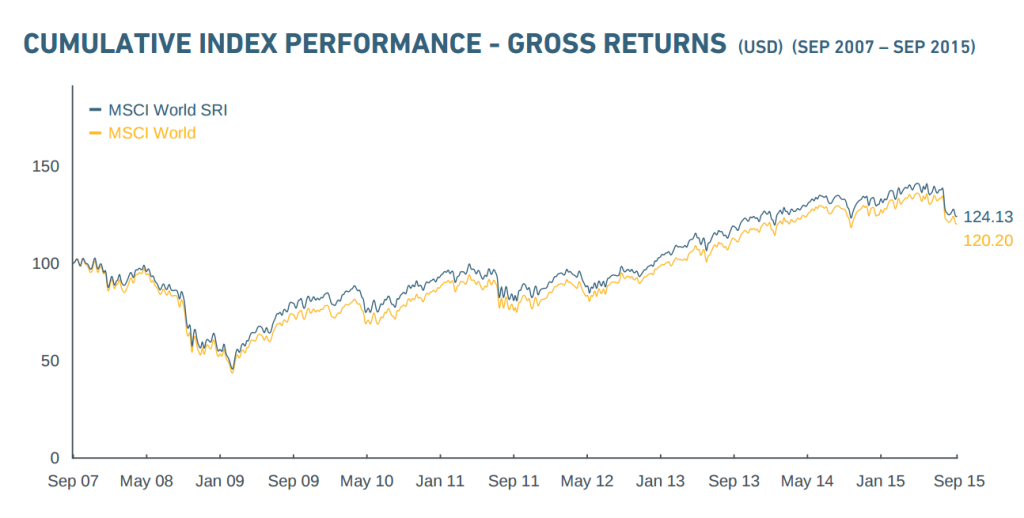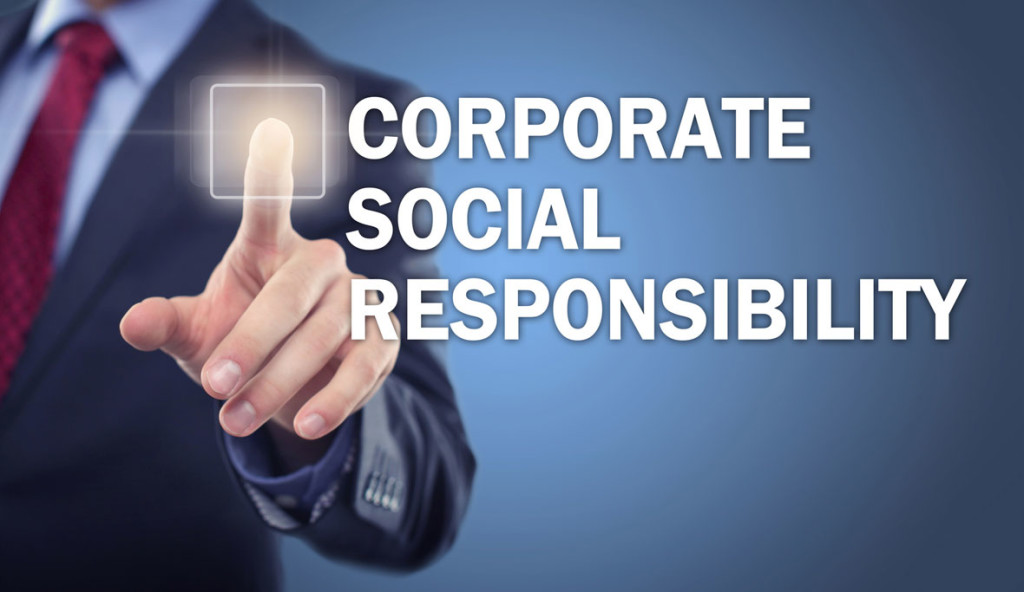There is a phenomenon that has been growing for the last two decades – Corporate Social Responsibility (CSR).
It is a business approach with a view to bringing business, social and environment developments to benefit all stakeholders.
It is an innovative concept, aimed to transform people’s image of a corporation: from a perpetual money machine to a new social actor. It appeared in the second half of the 90s, kept growing and finally boomed after the financial crisis. Now, every firm has a department dedicated to Corporate Social Responsibility. It was a long process: from a profit-focused company to charities related to the owner’s philanthropy and then from a strategic attention to community affairs to a sustainable business.
Early Converts
How many people noticed that McDonald’s had changed its famous logo? In fact, the giant fast-food corporation began a difficult process to improve the image of its unhealthy food: its logo in Europe became green, and there is now more focus on food quality. For instance, in Italian McDonald’s restaurants the company uses only ingredients made in Italy, deemed high-quality and healthy. Therefore, they said goodbye to the famous red logo for an eco-friendly turn.
Another big company often associated with obesity started focusing on CSR: Coca-Cola. After a long study, the Atlanta corporation introduced a new product: Coca-Cola Life. It is natural, and it has 36% fewer calories than the usual one. Its main ingredient is stevia, a natural sweetener.
73%
of Millenials are willing to pay more
for ‘socially responsible’ products
Another industry where CSR has always been important is alcohol production. Guinness, the well-known Irish beer producer, showed great diligence in this field. On the communication side, three years ago the Irish company introduced a new touching commercial, whose main themes were sports, friendship and inclusion of physically challenged people, and this advertisement ended with the slogan “Guinness, made of more”. On the operational side, Guinness is trying to have a positive social impact with different campaigns: for instance, it reached an agreement with Dublin authorities to emphasise the bell signalling the last pint in the city’s pubs.
Another corporation that focused on its social impact is Starbucks. The American chain paid attention to its employees’ needs through the collaboration with Arizona State University. In fact, more than 70% of Starbucks’ employees are students and the corporation offers full tuition coverage for every year of college towards a BA degree: that is a very generous CSR policy!
Finally, many companies – exactly 65% of Fortune500 – introduced the Matching Gift and Volunteer Grant programs. In the first, the company matches its employees’ donations to a nonprofit organisation whereas in the second its own employees volunteer. Through these programs, the company sees both an impact on the local community and on employee motivation.
Tangible Benefits
But nowadays all these initiatives are not only a sign of shareholders’ generosity, they are part of a strategic plan. In fact, according to many surveys, the generation of Millennials is much more careful of company social impact: 55% of global online consumers said that they are willing to pay more for ‘socially responsible’ products whereas 73% of Millenials are willing to make this sacrifice. In addition, more than 80% of consumers said they are more likely to purchase a product that clearly demonstrates the results of the company’s CSR initiatives compared to a product that does not.
CSR also has a positive effect on the HR side: employees of companies that implement CSR policies are more motivated. This yields many benefits for businesses: for example, it makes it easier to recruit people, and they are motivated to stay longer, so there is a reduction in HR costs.
Finally, there is evidence of better financial performances for socially responsible companies. The Socially Responsible Investment Index measures the performances of socially responsible companies and in the last years it had an equal or sometimes better trend than the other companies’ index.
This article was taken from here.


